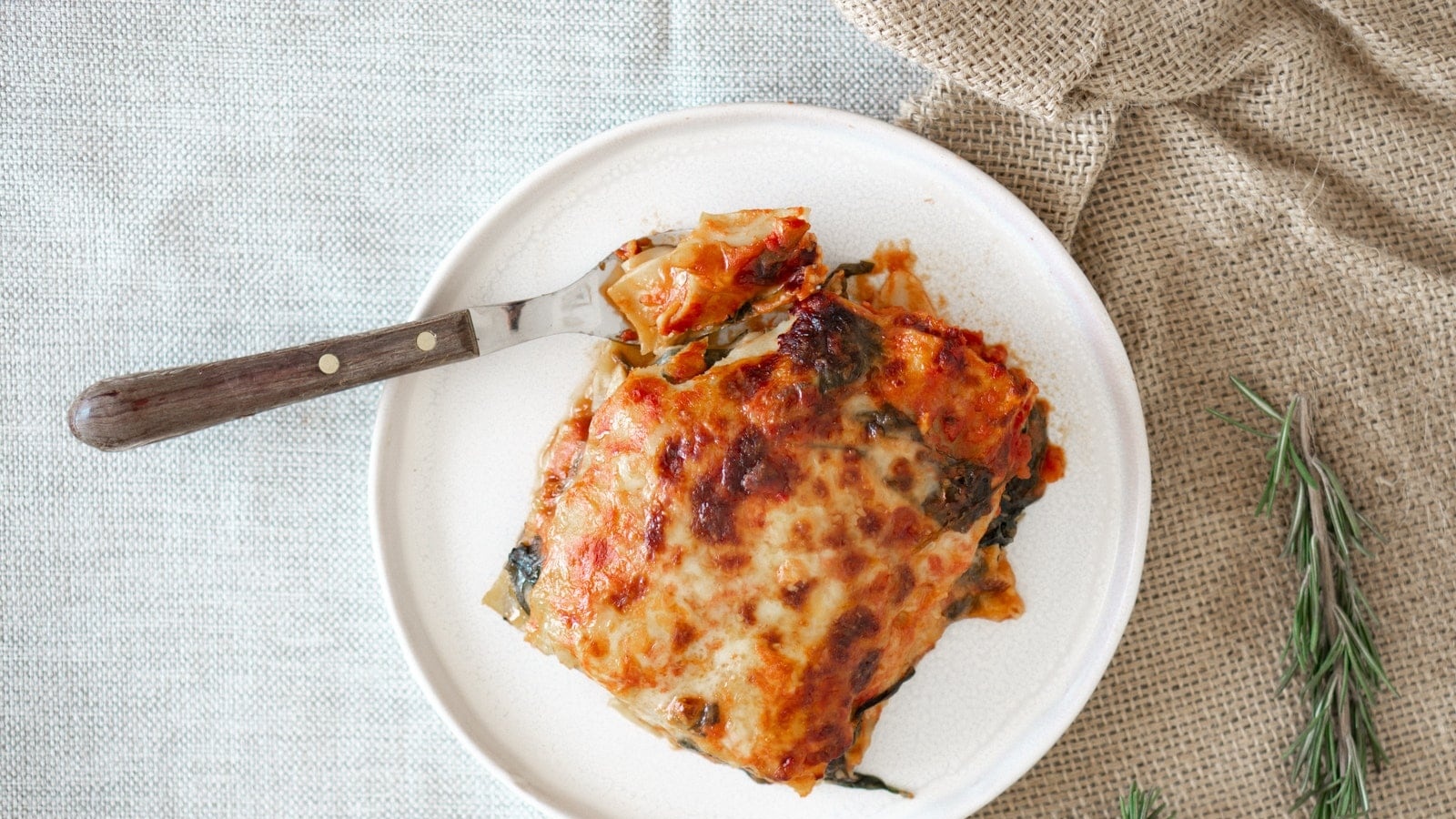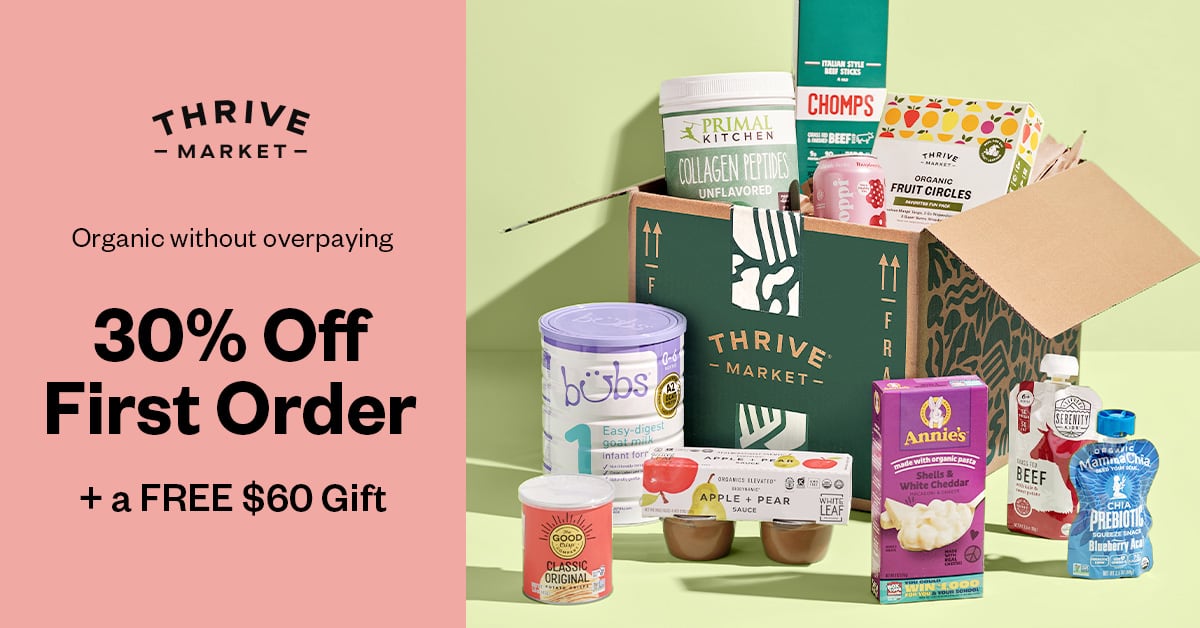Simple Ways to Eat More Veggies
Even as grown-ups, sometimes it can be a struggle to get in enough veggies. Whether it’s finding new ways to make them taste good or hiding their flavor altogether, there’s something to be said for a diet that’s rich in health-promoting veggies. I love to include them wherever I can, but I’ve always been a little bit like that. I’m almost looking for ways I can get more veggies on my plate!
It’s because of this that I discovered these simple ways to eat more veggies, which are great for people who love them, as well as those who need a little encouragement. Try these swaps this week and let me know what you think!
1. Include A Side Salad To Eat More Veggies
The power of a simple side salad is so underrated. It’s an easy way you can still eat your favorite foods, which getting a nutrient-hit from fresh, raw vegetables. It doesn’t have to be a time-consuming or intense process either, some simple leaves with toasted seeds and a little drizzle of olive oil and balsamic vinegar is often all I need.
2. Swap Simple Carbs for Veggies
This is one of my favorite trends from the wellness movement; taking those foods like pizzas and pastas, which have historically been guilty pleasures, and finding ways to make them extra-nutritious. Cauliflower is a saving grace in this arena, with the vegetable making a delicious pizza base or low-calorie rice. You can use vegetables like zucchini, carrots, or parsnips to spiralize and make into spaghetti or noodles, and zucchini even forms the base of a perfect breakfast bed too.
3. Veggie-Pack Your Sauces
Sauces are a no-brainer. They’re the perfect place to pack in extra flavor and nutrients, making it the perfect spot to hide some vegetables. It’s really as simple as grating whatever you have on hand through a bolognese sauce, or taking it a step further and using veggies to form the base of a rich, creamy sauce, like in our Plant-Based Mac & Cheese.
4. Layer Up A Lasagne
Once you’ve hidden veggies in jars of marinara sauce, take it a step further with a veggie-packed lasagne. Some of the best recipes layer Mediterranean vegetables like zucchini and eggplant in the place of pasta. You can opt for a one-for-one approach if you want to embrace gluten-free lasagne sheets, otherwise do away with them altogether! Here’s one of the best recipes to inspire you.
5. Prep Some Simple Roast Veggies For The Week
It’s a lot easier to eat the foods you need when you have them on hand. Each week we like to buy fresh, seasonal vegetables from the farmers’ market to roast and have on hand throughout the week. They’re easy to throw in a salad, in a soup, in a wrap, or just eat as a quick snack. If you’re stuck for inspiration, here’s the ultimate guide to roasting vegetables.
6. Try Juicing Them
Some people juice their vegetables - and it’s a great idea! Juices are like a concentrated hit of liquid nutrition, taking some of the most nourishing micronutrients found in vegetables and pouring them into one fresh class. A great juice to begin is carrot, as it still retains a little sweetness, with some turmeric and ginger.
7. Hide Them In Your Baking
This is for all of the sweet tooths out there; baking can be nourishing too (you read that right). If you’re struggling with finding places to put your veggies, try it in a treat. This Zucchini Brownie recipe is one of our most popular recipes ever here at Food Matters, and we promise you won’t even notice.
How do you like to get your daily veggie intake?











